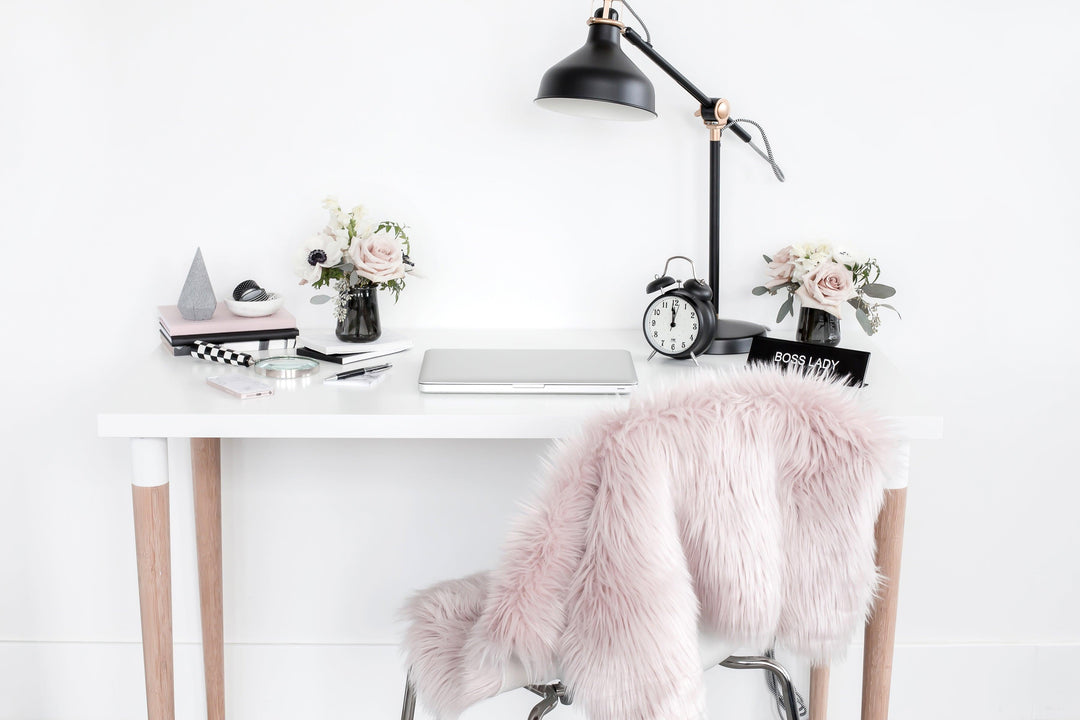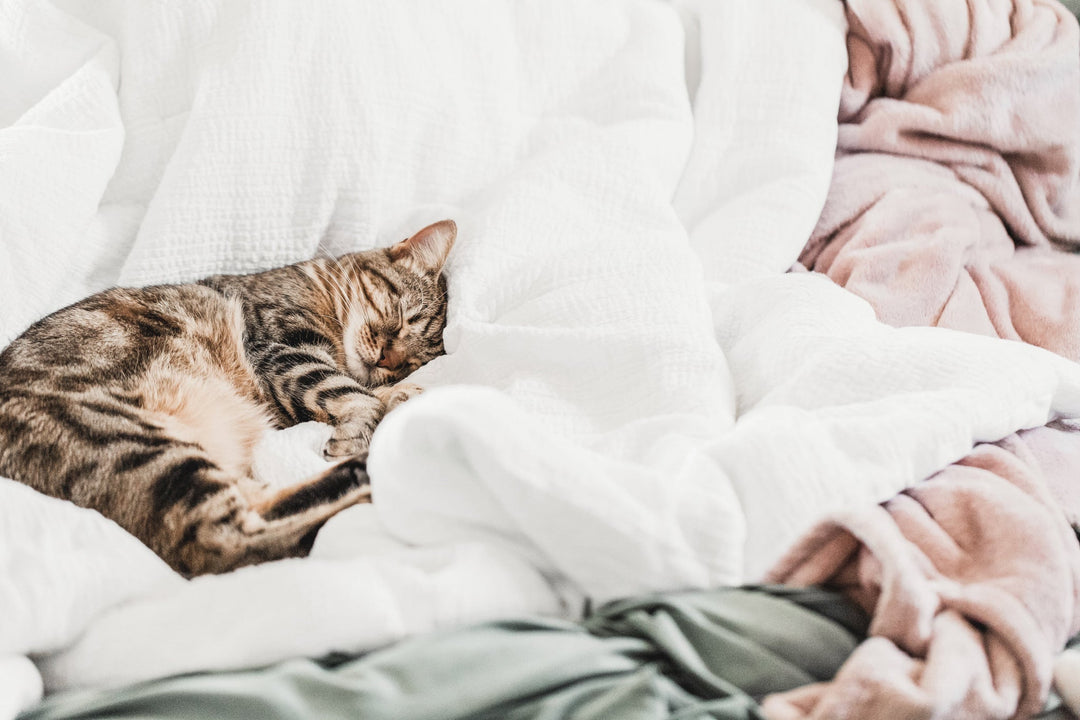Does pressing the shutter grant the shutter-presser copyright?
Topic: Copyright
Time Investment: 7 Minutes
Suggested Product: Ultimate Copyright Kit
It might seem like there should be a simple answer to the matter of copyright and pressing the camera shutter. Pushing the shutter is the last link in a chain – a chain of actions and decisions that are required to create (also referred to as authoring) an image. Let’s talk about a couple of scenarios and then analyze them to see what principles we can draw out:
-
You set up a tripod and adjust the settings on the camera at a picturesque location and a stranger walks by and offers to press the shutter so you can also be part of the family picture. Does the stranger own the copyright because they pressed the shutter?
-
If copyright is held by the person who takes the photo, who owns the copyright if the photo is taken in a photo booth where the guests press a button to start the session and the software automates the countdown and capture? Do I, as the booth owner, still own the copyright since I own the equipment even though I do not actually press the shutter release?
- On my [phone] I can say “cheese” or “smile” and a photo is taken. Who owns the copyright when only a voice is used to trigger the shutter?
Someone else pressing the shutter
You set up a tripod and adjust the settings on the camera at a picturesque location and a stranger walks by and offers to press the shutter so you can also be part of the family picture. Does the stranger own the copyright because they pressed the shutter?
There are two ways of assessing this scenario: First, we have the default, the person who presses the shutter owns the copyright. This is because copyright protection starts from the time the work is created in fixed form – in digital photography, this is the moment the image is created in data form.
In the case of our scenario, this means that unless the photo is a “work made for hire,” then the stranger would own the copyright because the act of pressing the shutter is what functionally created a fixed form of the image. However, you as the owner of the equipment and the creative author are likely to have an implied license to use the photograph for personal use. So, if you ask someone to take a photo of you and your loved ones at a landmark, you could do things such as print the photo for display in your home, post the photo on your personal social media channels, or share the photo via email with friends or family. But you likely don’t have the right to use the image for a commercial purpose.
But wait, before you click away, there is another factor that means that the first assessment isn’t the whole story. Another basic principle of intellectual property law is that the copyright in the work immediately becomes the property of the author who created the work. Huh?!
What this means is that we have to consider what makes an individual the “author” of an image.
Despite the first glance answer, pressing a shutter is not sufficient alone to make someone the author of an image.
Let’s add some more facts. Say you’ve got your camera on a tripod, set the aperture, focus, and shutter speed, and then direct someone to merely press the shutter button or press a remote control only when you instruct. So how do these facts speak to the relationship between pressing the shutter and copyright?
The additional facts mean that there are some specific additional relevant questions to help you make a decision about copyright ownership. These questions are: whether you and the person who pressed the shutter contribute a degree of “labor, skill or judgment”? Did you each intend that your contributions would be merged as an inseparable or interdependent part of a unitary image. Did you collaborate with each other to make the shot?
It would be fair to argue that the person who merely presses a shutter has not contributed skill or judgment. However, this will depend on the specific circumstances.
In commercial contexts, it is not uncommon for an image to be created with the input of multiple people. For example, an art director, stylize, assistant, editor. But, that contribution may not rise to the level of contributing labor, skill or judgment that would make them a co-owner. This is, of course, notwithstanding that there is likely to be a “work for hire” or other contractual relationship which clarifies copyright ownership.
A work is considered jointly owned if the authors collaborated with each other or if each of the authors prepared his or her contribution with the knowledge and intention that it would be merged with the contributions of other authors as “inseparable or interdependent parts of a unitary whole.” US Copyright law provides that the source of copyright ownership is the author of the work and that, in the case of a “joint work,” the coauthors of the work are likewise co-owners of the copyright.
As an aside, “someone” must be human. The Copyright Office has expressly stated that works created by animals are not entitled to copyright protection in the Compendium of U.S. Copyright Office Practices. What this also means is that the relationship between pressing the shutter and copyright is also dependent on who pressed the shutter (or caused the shutter to be pressed).
And they can be minors. Your two-year-old who loves to take hundreds of selfies (on your cell phone) absolutely can own copyright and the Copyright Office issues registrations to minors. State laws may regulate the business dealings involving copyrights owned by minors, such as licensing. But, in this situation, an implied license also likely would be in effect allowing a parent to print, share and distribute in personal contexts. For other types of licenses from minors, be sure to get the photographer’s parent or guardian to authorize the license since minors may later void the license or contract.
Photo Booth
If copyright is held by the person who takes the photo, who owns the copyright if the photo is taken in a photo booth where the guests press a button to start the session and the software automates the countdown and capture? Do I, as the booth owner, still own the copyright since I own the equipment even though I do not actually press the shutter release?
To analyze this scenario, it is important to note that owning equipment does not give you any kind of default copyright ownership. The “labor, skill and judgment” contributed by the shutter pusher in a photo booth case may include art direction, decisions about what will be captured, and perhaps a succession or series of images. It is arguable that the subject and shutter pusher are in the very least joint owners, but more likely sole owners of the copyright. If the photo booth owner would like to overcome this default ownership, a written agreement clarifying the copyright ownership is likely necessary.
Did you know we have a contract specifically for photobooth photography?
Voice Commands
On my [phone] I can say “cheese” or “smile” and a photo is taken. Who owns the copyright when only a voice is used to trigger the shutter?
For the third scenario, a voice command is how the shutter is triggered. As such it is as significant or insignificant as pressing a shutter. It functions in a similar way to a remote. A voice command is one factor to be considered alongside how the image is composed and who is responsible for the skill, labor and judgment involved in that composition, any technical settings, and any other creative aspect.
What does all of this mean for pressing the shutter and copyright?
Some people confuse triggering a shutter as automatically making them the copyright owner as opposed to being the creator of the image. They just happen to be the same person most of the time. Someone can press a shutter button (or voice command a shutter) but have no creative control over the image.
The presumption that pressing the shutter triggers copyright ownership alone is an error we need to be careful about. The bottom line is that the copyright owner is the creator of the image. If the pressing of a shutter is a mere physical act, and the image was created through composition, determining the technical settings on the camera, and choosing how the image will be formed, then the presser of the shutter is not the creator and therefore will have no copyright ownership.



